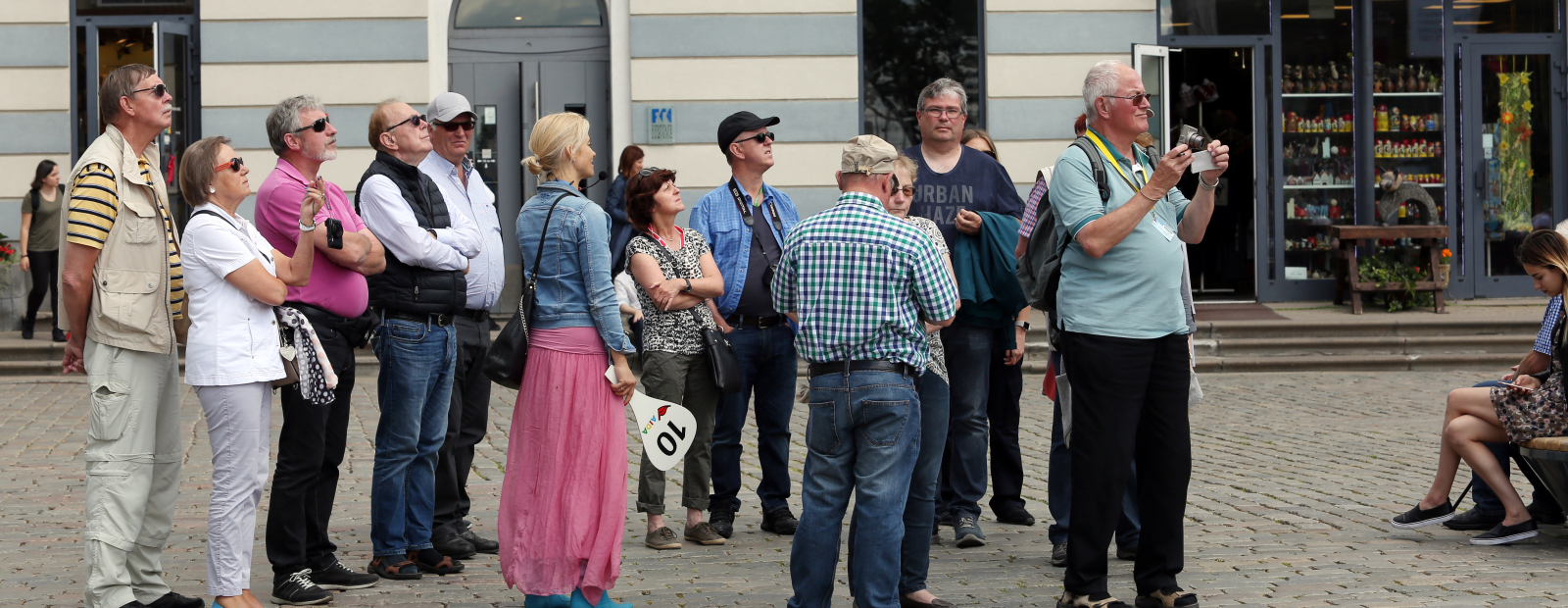According to a study by the Montaigne Institute, Seine-Saint-Denis, the poorest department in France, is the eighth largest contributor to the financing of social protection.
“Poor neighborhoods have a future”. In his last report, the Montaigne institute dismantles the received ideas on the poor territories in France which regroup 8% of the population, or 5.5 million people. Consultant and essayist, the author of this study, Hakim El Karoui, explains in particular that “nothing indicates that the poorer a department, the less it contributes to the financing of social protection, nor vice versa”.
To illustrate its point, the Montaigne Institute takes the example of Seine-Saint-Denis, the poorest department in France (poverty rate of 29%, against 14.9% for the national average) but also the eighth largest department in France. more contributor to the financing of social protection, with nearly 9,300 euros per inhabitant.
“In absolute amounts, the flows leaving Seine-Saint-Denis to finance social protection are estimated at 14.4 billion euros, an amount significantly higher than the 12.8 billion euros in Val-de-Marne and close to the 15.1 billion euros of Yvelines “, the fourth contributor, indicates the report. Paris, whose poverty rate is slightly higher than the national average (16.2%) is also the first contributor per capita to social protection resources with around 25,300 euros.
Poor territories are not necessarily the best served
The study by the Institut Montaigne also underlines that it is wrong to say that the poorest territories are those that receive the most from national solidarity. Thus, the average amount of social transfers (pensions and social minima) is around 6,800 euros per inhabitant in metropolitan France, against 6,100 euros in priority neighborhoods for city policy (QPV).
“In absolute amounts, income from transfers from residents of poor neighborhoods therefore remains below the national average, although their share in disposable income is greater,” observes the Institut Montaigne.
Note also that despite its status as the poorest department in France and the eighth contributor, Seine-Saint-Denis is the department that receives the least social benefits (family, employment, old age, health, housing, etc.) with nearly 8,400 euros per inhabitant.
An analysis that should however be qualified since Seine-Saint-Denis is the youngest department in France with nearly 1.8 times more young people under 20 than people 60 years and over. The share of retirees in its population is also 13.2%, or nearly six points below the national average.
However, health and old-age risks represented 81% of total social protection benefits in 2017. Conversely, we see that among the ten departments where we observe the highest amounts of social protection expenditure per capita, eight have a share of retirees in the population above the national average.
–


